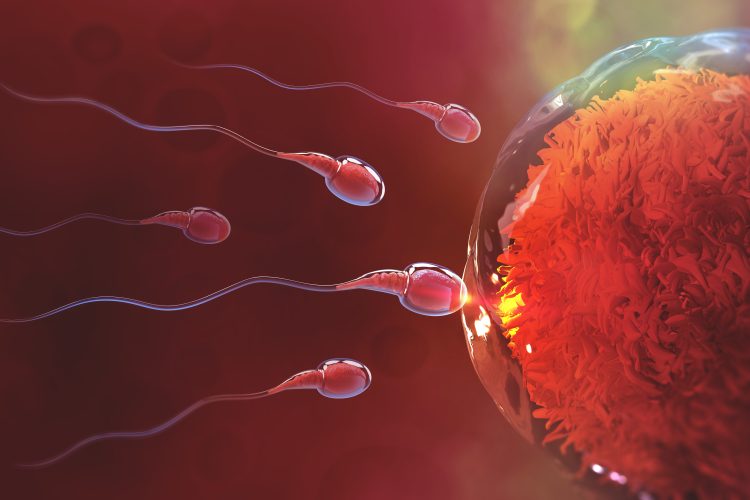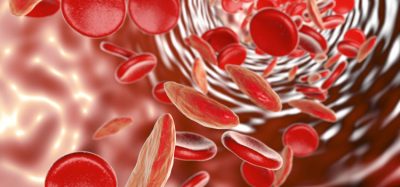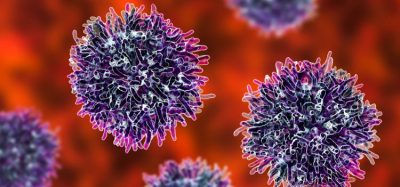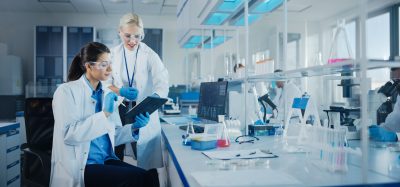Sperm ‘switch’ discovery could lead to new fertility therapies
Posted: 14 October 2025 | Drug Target Review | No comments yet
Scientists have discovered the molecular ‘switch’ that powers sperm for fertilisation, which could potentially lead to new infertility treatments.


Michigan State University researchers have discovered the molecular mechanism that gives sperm a final boost of energy before it reaches the egg. This discovery could lead to new infertility treatments and safe, nonhormonal male contraceptives.
Unlocking the energy behind fertilisation
“Sperm metabolism is special since it’s only focused on generating more energy to achieve a single goal: fertilisation,” said Melanie Balbach, an assistant professor in the Department of Biochemistry and Molecular Biology and senior author of the paper.
Before ejaculation, mammalian sperm remain in a low-energy state. Once inside the female reproductive tract, they undergo a series of changes that allow them to swim vigorously and prepare their membranes for interaction with the egg.
Biomarkers are redefining how precision therapies are discovered, validated and delivered.
This exclusive expert-led report reveals how leading teams are using biomarker science to drive faster insights, cleaner data and more targeted treatments – from discovery to diagnostics.
Inside the report:
- How leading organisations are reshaping strategy with biomarker-led approaches
- Better tools for real-time decision-making – turning complex data into faster insights
- Global standardisation and assay sensitivity – what it takes to scale across networks
Discover how biomarker science is addressing the biggest hurdles in drug discovery, translational research and precision medicine – access your free copy today
“Many types of cells undergo this rapid switch from low to high energy states, and sperm are an ideal way to study such metabolic reprogramming,” Balbach explained.
From discovery to male contraceptive potential
As a postdoctoral researcher at Weill Cornell Medicine, Balbach discovered that inhibiting a crucial sperm enzyme temporarily made mice infertile. This suggested a promising area of study for nonhormonal male birth control.
While the role of metabolism in sperm behaviour has long been recognised, scientists had not fully understood how sperm produce that final boost of energy to meet the demands of fertilisation – until now.
Tracking sperm metabolism in action
In collaboration with Memorial Sloan Kettering Cancer Center and the Van Andel Institute, the research team developed a technique to track glucose metabolism in sperm. Glucose serves as fuel, and tracing its chemical trail revealed key differences between dormant and active sperm.
Glucose serves as fuel, and tracing its chemical trail revealed key differences between dormant and active sperm
“You can think of this approach like painting the roof of a car bright pink and then following that car through traffic using a drone,” Balbach said.
“In activated sperm, we saw this painted car moving much faster through traffic while preferring a distinct route and could even see what intersections the car tended to get stuck at,” she added.
Leveraging MSU’s Mass Spectrometry and Metabolomics Core, the study provides a detailed picture of the high-energy, multistep process sperm undergo to reach fertilisation.
The researchers discovered that an enzyme called aldolase helps sperm convert glucose into usable energy and that sperm also tap into stored molecular fuel as they begin their journey. Additional enzymes were found to regulate glucose flow, acting like traffic controllers.
Implications for fertility and contraception
Balbach plans to continue studying how sperm utilise various fuels, including glucose and fructose, to sustain energy. With infertility affecting one in six individuals globally, this research could improve assisted fertility techniques and diagnostics.
Traditional male contraceptives mainly target sperm production and often rely on hormones, which can cause severe side effects
“Better understanding the metabolism of glucose during sperm activation was an important first step, and now we’re aiming to understand how our findings translate to other species, like human sperm,” Balbach said. “One option is to explore if one of our ‘traffic-control’ enzymes could be safely targeted as a nonhormonal male or female contraceptive.”
Traditional male contraceptives mainly target sperm production and often rely on hormones, which can cause severe side effects. By contrast, Balbach’s research could lead to on-demand, metabolism-cantered contraception with minimal side effects.
“Right now, about 50 percent of all pregnancies are unplanned, and this would give men additional options and agency in their fertility,” Balbach said. “Likewise, it creates freedom for those using female birth control, which is hormone-based and highly prone to side effects.”
Related topics
Cell-based assays, Drug Discovery, Drug Targets, Enzymes, Metabolomics, Therapeutics, Translational Science
Related conditions
infertility
Related organisations
Michigan State University








